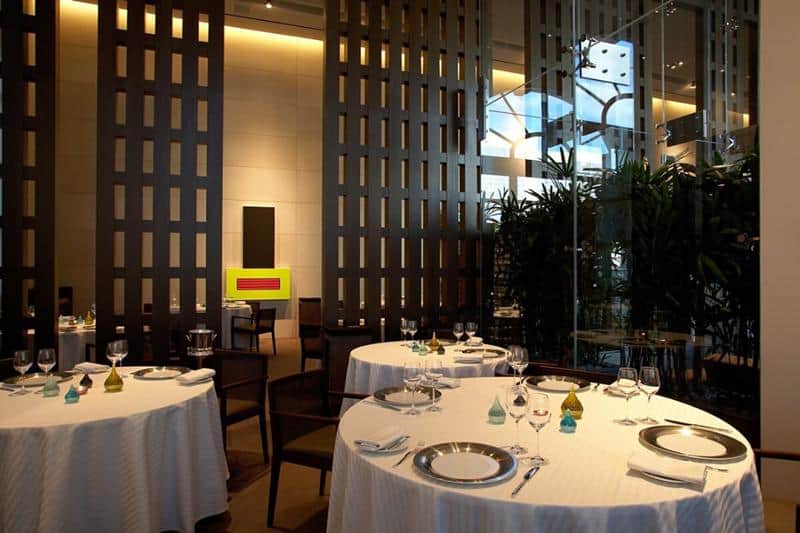How to Get a Beautiful Garden

Pollinator gardens are intended to attract and support a wide range of pollinators, including butterflies, bees, hummingbirds, and other beneficial insects. By planting a pollinator garden, you contribute to the wellbeing of these essential creatures, which play a crucial role in the reproduction of flowering plants, ultimately supporting ecosystems and food production. In this article, we’ll guide you on the process of planting a pollinator garden, from selecting the right plants to maintaining a thriving ecosystem.
1. Choose a Suitable Location
Find a sunny spot in your yard or community garden that receives at least six hours of sunlight daily. Most pollinators, especially bees and butterflies, prefer areas with plenty of sunlight. Choose a location with some wind protection and access to a water source to help your pollinator friends stay hydrated.
2. Select Native and Flowering Plants
Native plants are more likely to attract and sustain local pollinator species. Choose various plants that bloom at different times throughout the growing season, ensuring a constant supply of nectar and pollen. Include flowers with diverse colors, shapes, and sizes to cater to the preferences of various pollinators. Some popular pollinator-friendly plants include:
– Milkweed and butterfly weed (for butterflies and moths)
– Coneflowers and black-eyed Susans (for bees)
– Salvia and bee balm (for hummingbirds)
– Asters and goldenrods (for late-season pollinators)
3. Plant in Groups and Layers
Arrange your plants in groups, with at least three to five of the same species clustered together. This helps to create a more visually appealing display and makes it easier for pollinators to locate food sources. Design your garden with layers, incorporating plants of varying heights, such as ground covers, medium-sized perennials, and taller shrubs or trees. This vertical layering provides diverse habitats for different pollinator species.
4. Avoid Using Pesticides
Pesticides can harm pollinators and disrupt the balance of your garden ecosystem. Instead, opt for organic and natural pest control methods. Inspire beneficial insects, such as ladybugs and lacewings, by providing them with shelter and food sources. These insects prey on common garden pests, reducing the need for chemical treatments.
5. Provide Nesting and Shelter Sites
Pollinators need safe spaces to rest, nest, and lay eggs. Leave some ground for ground-nesting bees and create brush piles or rockeries for shelter. You can install bee houses, birdhouses, or butterfly boxes to provide additional nesting options.
6. Supply Fresh Water
Maintain a shallow water source for pollinators to drink and bathe. A birdbath, a shallow dish filled with water, and a few rocks or marbles for perching will suffice. Regularly refresh the water and clean the container to avoid the growth of algae and bacteria.
7. Regular Maintenance
Keep your garden well-tended by removing dead plants and weeds, which can harbor pests or diseases. Regularly deadhead flowers to encourage more blooms, and prune shrubs or trees as needed to maintain a healthy garden.
Planting a pollinator garden is a rewarding way to support local ecosystems while beautifying your outdoor space. By following these steps, you’ll create a haven for pollinators, ensuring their survival and promoting biodiversity in your local environment. Happy gardening!









